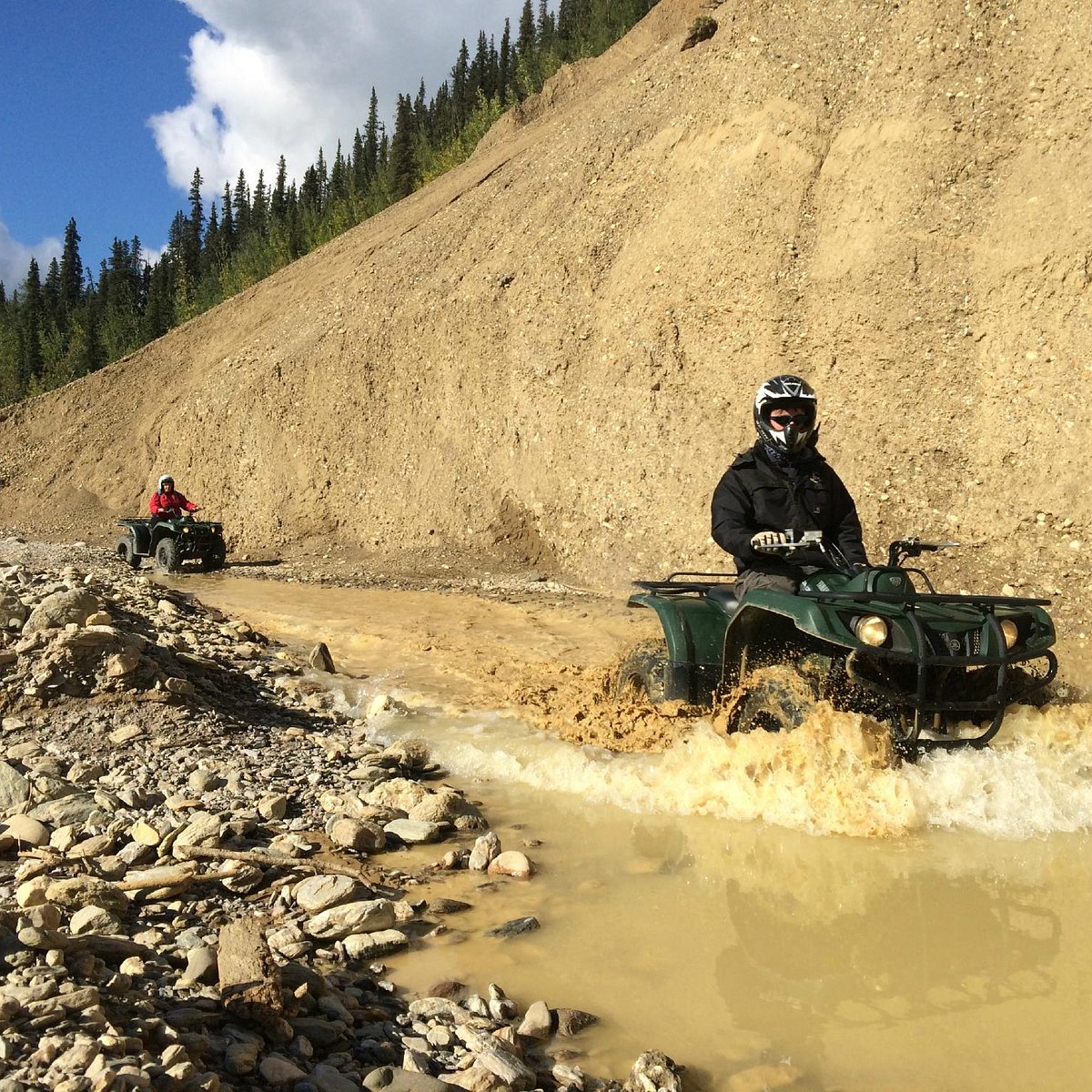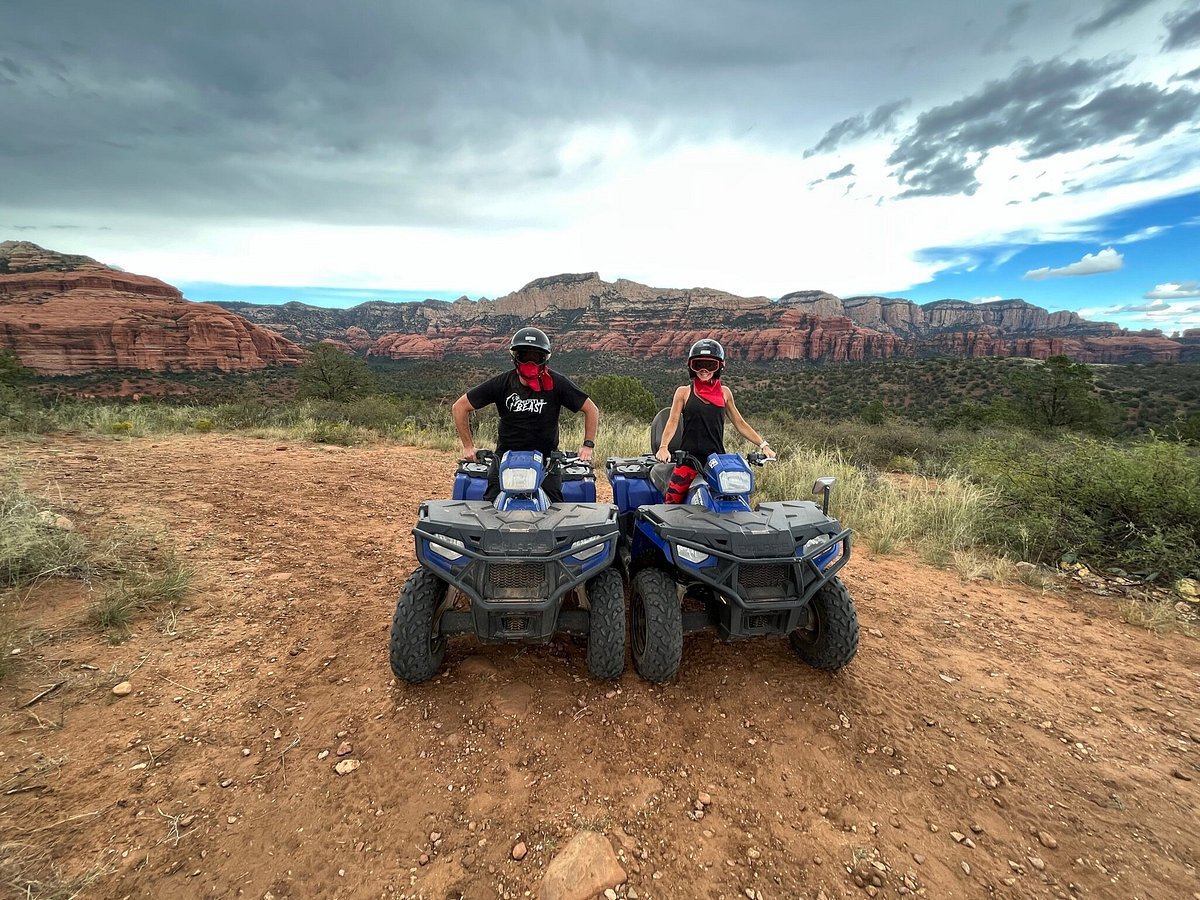Understanding the Trails: ATV Riding Tips and Methods
Mastering the Trails: ATV Riding Tips and Techniques is a detailed guidebook developed to gear up cyclists with the understanding and abilities essential to navigate off-road terrains with self-confidence and accuracy. With a focus on security and skill development, Grasping the Trails is an essential for ATV enthusiasts looking to improve their riding capacities and tackle any kind of path with skill.
Relevance of Correct Body Positioning
Proper body placing is crucial for maximizing control and stability while riding an ATV. When riding off-road automobiles like ATVs, preserving the proper body placement is crucial for attaining optimum control and stability. By positioning your body correctly, you can effectively distribute your weight and steer the ATV much more effectively, enabling a safer and a lot more pleasurable adventure.
One secret aspect of correct body placing is keeping a balanced position. This means maintaining your body upright and focused over the ATV in any way times. By doing so, you can uniformly distribute your weight between the front and rear wheels, which assists improve traction and security (atv). Additionally, keeping your body upright allows you to much better absorb shocks and bumps, reducing the impact on your body and enhancing general comfort.
Additionally, it is essential to grasp the handlebars firmly and keep your arms a little curved. This position enables for better control and ability to move, as it enables you to swiftly reply to adjustments in surface or unanticipated challenges. Maintaining your arms relaxed and slightly curved also assists take in shocks and vibrations, lowering tiredness and improving overall control.
Tips for Navigating Uphill and Downhill Trails
When navigating uphill and downhill trails on an ATV, motorcyclists need to employ tactical techniques to securely and properly maneuver through differing surfaces. This aids to prevent the ATV from turning in reverse.

Understanding Limited Transforms and Maneuvering Barriers
To successfully navigate limited turns and maneuver obstacles on an ATV, motorcyclists should utilize reliable techniques and maintain a focused technique. When coming close to a limited turn, it is critical to decrease and move your body weight towards the within of the turn. This assists preserve equilibrium and control throughout the maneuver. In addition, leaning forward and grasping the handlebars strongly enables far better control over the ATV's steering. It is necessary to keep in mind to look in advance, concentrating on the desired path as opposed to fixating on the challenges or the turn itself. By looking in advance, motorcyclists can prepare for any kind of potential challenges and readjust their speed and body placement appropriately - atv.
When it involves navigating obstacles, such as rocks, dropped trees, or deep ruts, cyclists ought to approach them with care. It is a good idea to minimize rate and stand on the footpegs to take in the impact. Maintaining a loosened grip on the handlebars and allowing the ATV to relocate beneath you will help preserve balance and control. Carefully choose your line and avoid unexpected motions, as jerky activities can trigger loss of control. Remember to constantly use appropriate security equipment, such as a headgear, goggles, handwear covers, and protective clothes. These methods, paired with practice and experience, will enable cyclists to confidently browse tight turns and get over challenges on their ATV experiences.
Vital Security Safety Measures for ATV Riding
ATV motorcyclists need to focus on sticking to critical security precautions to make sure a secure and pleasurable riding experience. These safety and security preventative measures are crucial in lessening the risks connected with ATV riding and protecting the biker from potential mishaps read or injuries. Cyclists must always put on ideal protective gear, including a headgear, safety glasses, gloves, long pants, and sturdy boots. This equipment is created to provide physical security and avoid injuries in case of an autumn or accident.
Additionally, it is important to familiarize oneself with the ATV and its controls before riding. Checking the ATV's problem before each experience is additionally vital.

Strategies for Riding in Different Terrains
Acquainting oneself with the methods for riding in various surfaces is crucial for ATV motorcyclists to navigate different landscapes securely and properly. Each surface offers its own challenges and needs particular skills and techniques to make certain a regulated and smooth trip.
When riding on unequal and rough surface areas, it is crucial to keep a loosened up and well balanced position. Keeping your body loosened and adaptable will allow you to maintain and absorb shocks control over the ATV. In addition, it is very important to preserve a steady rate and prevent sudden velocity or stopping, as this can cause loss of grip and possible crashes.
For muddy or sandy surfaces, it is recommended to decrease tire stress to raise grip. Reducing the tire pressure permits the tires to hold the ground better, preventing the ATV from obtaining stuck. It is additionally a good idea to her latest blog use a greater equipment and preserve a consistent rate to protect against the wheels from spinning and excavating right into the surface.
When riding on steep inclines or decreases, it is vital to shift your body weight onward or in reverse to keep balance. Leaning onward while climbing up uphill will avoid the ATV from turning backwards, while leaning backward while view it coming down will prevent the ATV from turning onward. It is important to use the proper equipments and avoid unexpected velocity or stopping, as this can trigger loss of control and potential crashes.
Final Thought
In final thought, grasping ATV riding calls for appropriate body placing, skilled navigation of uphill and downhill routes, and the capability to maneuver limited turns and challenges. By practicing these strategies and following safety standards, ATV bikers can improve their abilities and appreciate the trails to their greatest capacity.
When tackling downhill routes, cyclists should change their body weight backwards to preserve security and stop the ATV from turning forward.To successfully browse limited turns and maneuver barriers on an ATV, bikers need to employ effective methods and keep a focused approach.ATV motorcyclists need to prioritize adhering to crucial safety preventative measures to make sure a pleasurable and safe and secure riding experience. These safety precautions are necessary in decreasing the threats linked with ATV protecting the biker and riding from possible accidents or injuries. Leaning forward while climbing uphill will certainly stop the ATV from turning in reverse, while leaning backward while descending will certainly prevent the ATV from turning onward.